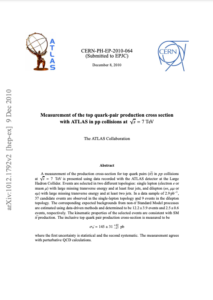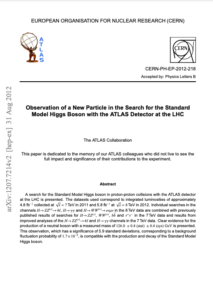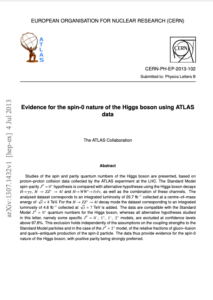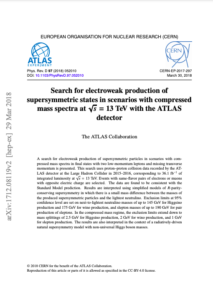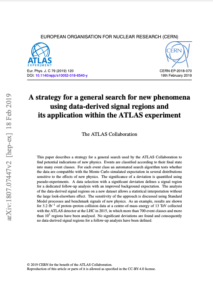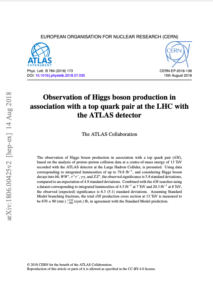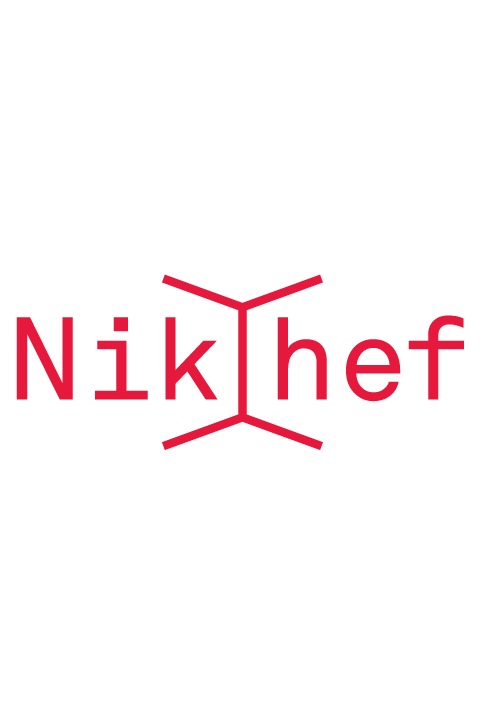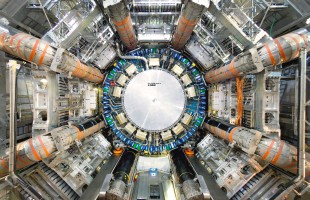About a hundred of the first thousand ATLAS publications had major input from Nikhef. We chose the six most important ones.
On June 18, the ATLAS experiment at CERN delivered its thousandth scientific publication, a milestone for researchers and physics. Ten years of observing proton collisions in the world’s largest particle accelerator yielded a wealth of measurements and analyses.
Of those thousand articles, says ATLAS group leader Wouter Verkerke of Nikhef, about a hundred had a substantial contribution from Nikhef. Dutch physicists have been closely involved in the construction and measurement program of the large underground detector.
“About three percent of the authors of ATLAS are connected to Nikhef. Then ten percent input is definitely above average,” says Verkerke. “Punching above your weight, the English call it.”
Nikhef researchers regularly hold face-setting positions in the ATLAS consortium, which includes many thousands of researchers in dozens of countries. Currently, for example, Pamela Ferrari leads the collaboration’s publications committee.
In those ten years, ATLAS physicists looked at numerous aspects of the standard model of particle physics. Their detector is a very general measuring machine, able to look at far different particle issues. This yielded breakthroughs, firsts, and also a lot of null results: tests of good ideas that turned out to be wrong after all once the LHC started producing collisions at unprecedented high energy.
The LHC is an exploration machine, and that’s what ATLAS did a lot of, says Verkerke: explore. “You go into an unknown area and will just have to go and see what you can find there. Often nothing, but that too teaches you something about your ideas.”
By far the best known ATLAS result, and now cited more than 12 thousand times, is the discovery of a new particle in July 2012, the famous Higgs particle. Its discovery was announced simultaneously by ATLAS and the competing CMS experiment at the LHC accelerator.
The new particle finally confirmed ideas about how particles gain mass and is seen as the capstone of the Standard Model. Meanwhile, a significant portion of the ATLAS program is focused on studying the Higgs particle.
Traditionally, ATLAS papers are signed by all the thousands of researchers in the experiment, an author list of many pages that is sometimes longer than the scientific content.
In practice, however, articles are the work of smaller dedicated teams of researchers. Nikhef thus had the lead in about a hundred ATLAS articles. In addition to the 2012 article with the discovery of the Higgs particle, another five articles were real top achievements of Nikhef for Verkerke and his colleagues.
These are the papers on the production of top quarks (2011), the discovery of the higgs particle (2012), the spin-0 of the higgs particle (2013), the search for supersymmetry (2018), the search for exotic phenomena (2019), and the interaction of higgs with the top quark (2018). Click on the front pages for more explanations and the original papers.
